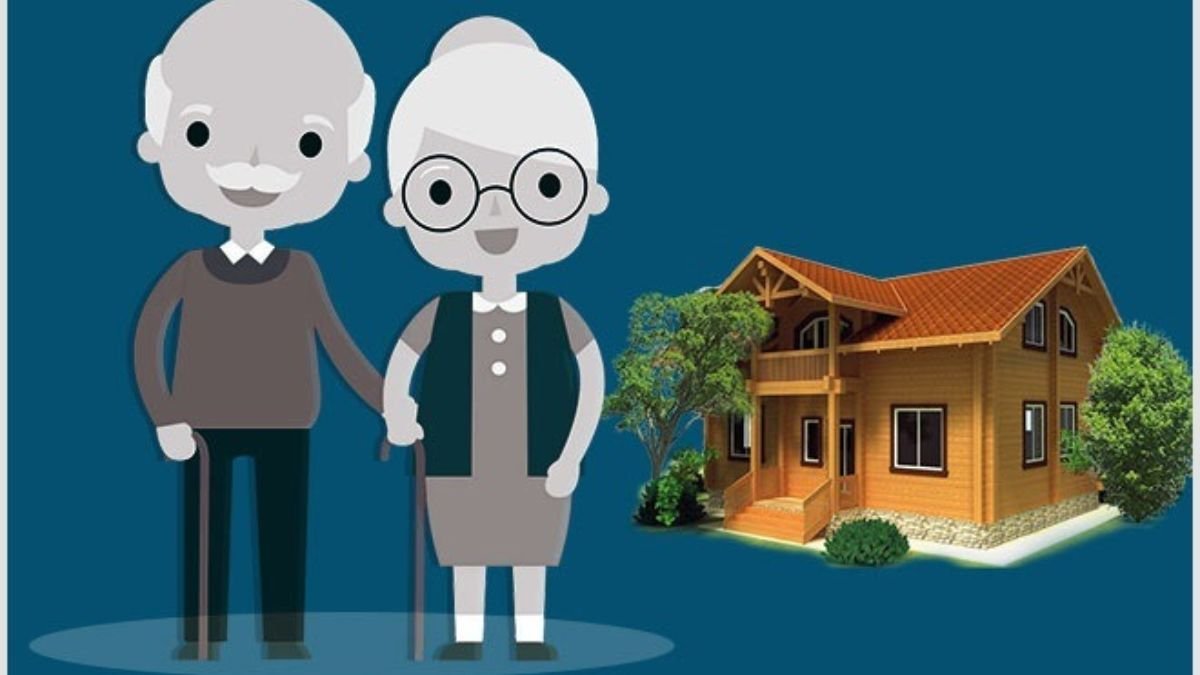Year after year, there has been increasing demand for this kind of housing for ever-discerned needs of senior citizens, among others, that are usually really dependent on growing life expectancy and an aging population. And in time, these elders would stay all their lives in either their family houses, or spending days with their children. Now, with this trend for modernity, a retirement community offers an exceptional combination of independence, social interaction, and health care.
These types of housing change retirement for countless individuals in the United States and have evolved from independent living apartments to such as Continuing Care Retirement Communities (CCRCs) for the elderly adults. But it posed multiple challenges; the two big ones are affordability and accessibility, while further addressing the long-term care concerns.
What is a Senior Housing Community?
A senior housing community mostly refers to a category of residential unit types which are primarily only for residents older than 55 years. They differ based on the kinds of amenities and services they have, and by the amount of care they offer.
The residents enjoy the benefits of safety, freedom, recreation, and wellness, but these living environments also offer very inventive activities designed specifically to keep their elderly residents busy, both physically and mentally.
Independent Living Communities
They primarily target healthy and active seniors who do not want to compromise their independence. These organizations typically possess fitness centers, restaurants, libraries, and other socializing activities which keep the residents engaged with active life and free from burdening themselves with the diversions of everyday living.
Assisted Living Communities
Assisted living communities assist people in daily living—helping with bathing, dressing, or taking medication—while maintaining their independence and safety measures.
Continuing Care Retirement Communities (CCRCs)
Independent living, assisted living, and nursing care are provided in an integrated setting by the CCRC. The best part is that as the health needs of an individual change, they can continue receiving care within the same community without having to relocate.
Memory Care Communities
These are designed for seniors suffering from cognitive disorders such as Alzheimer’s or dementia. They provide a secure environment with trained staff offering care, stability, and nurturing.
55-Plus Active Adult Communities
These communities restrict residency to those above 55 years of age and offer social and recreational amenities that promote a balanced, healthy lifestyle.
Factors Contributing to the Growth of Senior Housing Communities
Increase in the Elderly Population
According to the U.S. Census Bureau, the elderly population will outnumber children by 2034, driving higher demand for retirement housing.
Desire for Independence
Many retirees want to live independently but worry about the maintenance of large homes. Senior communities offer freedom with access to necessary support.
Social Cohesion
Loneliness is a significant health issue for older adults. Living in a community promotes social interaction and emotional well-being.
Access to Healthcare
As health issues increase with age, senior communities offering medical care and emergency support become more desirable.
Affordability
By selling their previous homes, seniors can gain financial independence and access new community-based living.
New Trends in Senior Housing Communities
Integration of Technology
Smart-home systems, emergency alert devices, and telehealth services are increasingly being used to connect residents, staff, and families.
Wellness and Lifestyle Focus
Holistic wellness, including yoga, fitness, nutrition, and mental health programs, has become a key part of senior housing.
Luxury Senior Living
Wealthier retirees are opting for resort-style living featuring spas, golf courses, and fine dining instead of traditional apartments.
Affordable Housing Initiatives
Government and nonprofit organizations are introducing affordable housing programs to make senior housing accessible for low-income elders.
Intergenerational Communities
New models allow younger and older adults to live together, fostering diversity and mutual understanding between generations.
Challenges Facing Senior Housing Communities
Affordability
Monthly assisted living costs can range from $4,500 to $6,000, and CCRC entrance fees can reach millions, posing challenges for middle-income seniors.
Workforce Shortages
A lack of caregivers and healthcare workers affects the consistency and quality of service.
Regulatory Complexity
Different states have varying regulations and licensing standards, causing inconsistency in services.
Health Risks
Group housing environments are more prone to infections, as highlighted during the COVID-19 pandemic, leading to new safety and sanitation standards.
Geographic Accessibility
High-quality senior housing is often limited to urban or suburban areas, leaving rural seniors with fewer options.
Financial Aspects and Planning
Upfront Costs
Entry fees for CCRCs can range between $100,000 and $500,000.
Monthly Fees
These include housing, meals, and services but vary by community.
Medicare and Medicaid
Medicare covers only medical care, not long-term housing. Medicaid may cover some assisted living costs depending on the state.
Home Sale Proceeds
Many seniors fund their entry into communities by selling their homes.
Example:
A 72-year-old couple selling a $400,000 home moves into a CCRC with a $250,000 entrance fee and $4,000 monthly expenses, gaining lifelong housing, meals, and healthcare security.
Conclusion
The rise of senior housing communities signifies that retirement is no longer synonymous with inactivity—it represents independence, health, and social connection.
While the expansion of these communities brings opportunities, affordability and accessibility remain major concerns. Collaborative policy-making between government and private sectors can make senior living inclusive and attainable.
Retirees who plan early, prepare financially, and choose wisely can ensure a dignified, independent, and fulfilling life.
Ultimately, this development is not just a shift in living arrangements—it’s a transformation in societal attitudes toward aging, ensuring every senior can live with dignity and freedom.
FAQs
1. What is a senior housing community?
A senior housing community is a residential setup designed for people aged 55 and above, offering independent or assisted living with amenities and care services.
2. Are senior housing communities affordable for everyone?
Affordability varies; while luxury options exist, many government and nonprofit initiatives offer low-cost housing for seniors.
3. What are the main benefits of living in a senior housing community?
Residents enjoy independence, healthcare access, social interaction, safety, and a supportive environment tailored to their needs.
